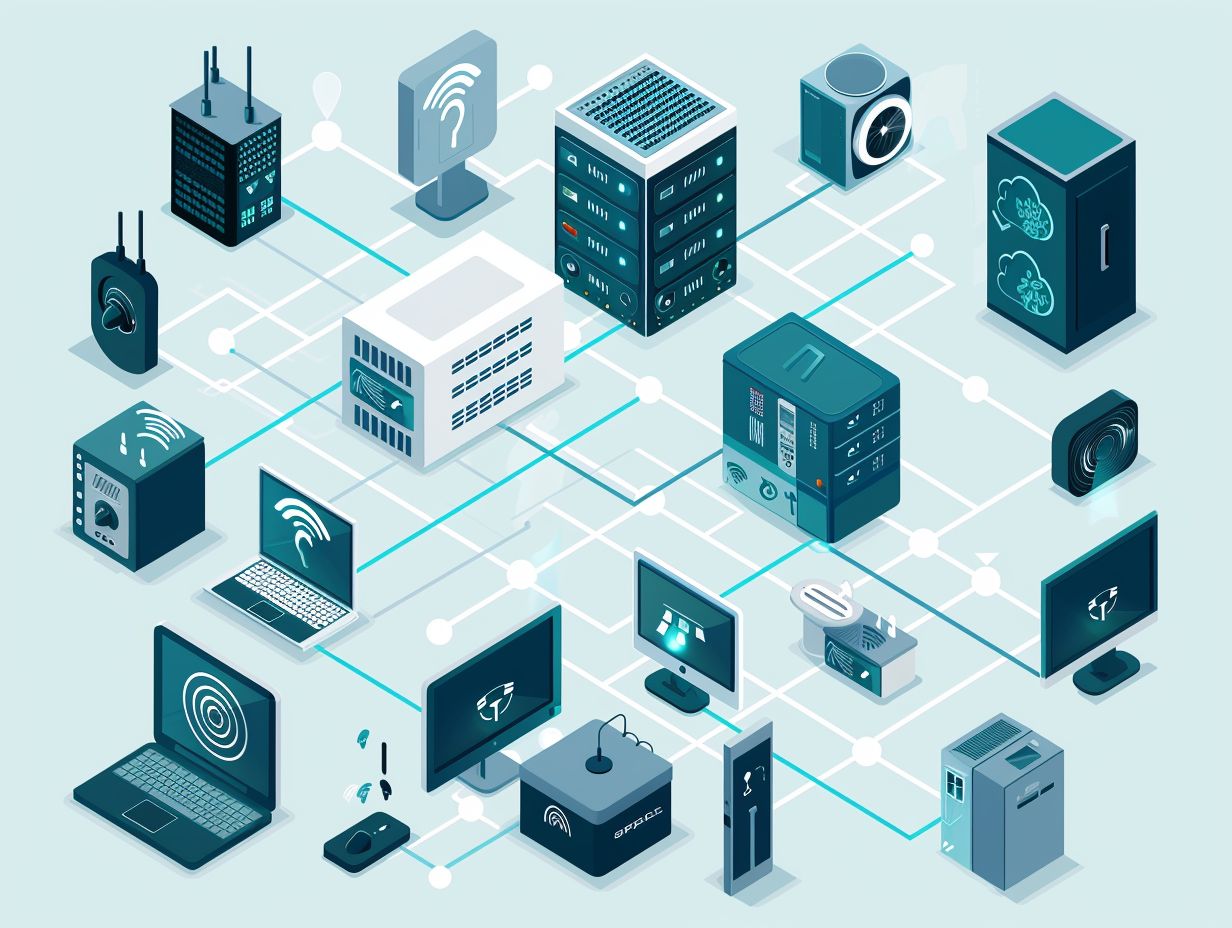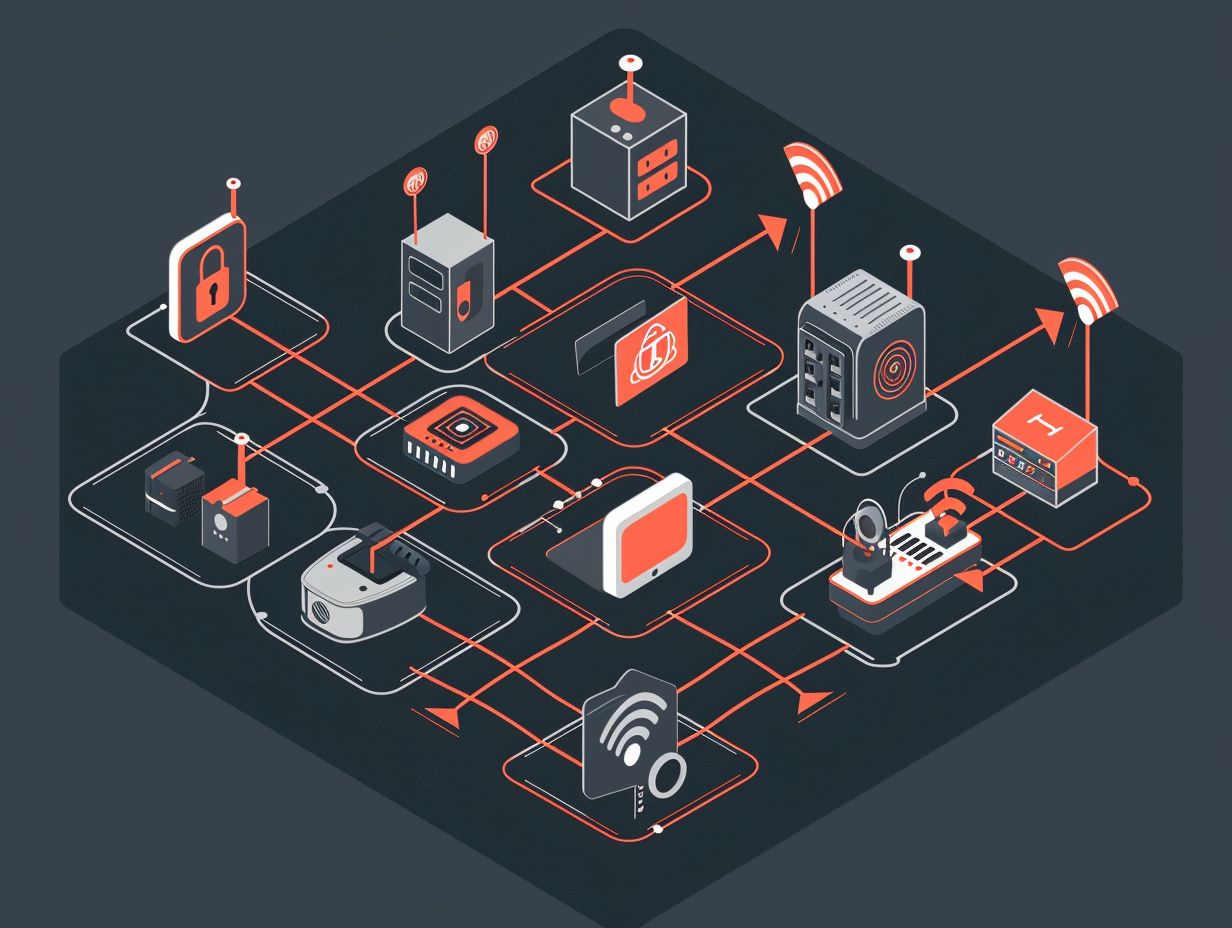If you are seeking to improve your network security and access control, consider implementing Cisco Identity Services Engine (ISE).
This article delves into the essential features of Cisco ISE, such as authentication, access control, network visibility, and monitoring. A detailed guide for deploying Cisco ISE is provided, along with recommended best practices for a successful implementation. Common troubleshooting challenges are addressed, and insights are shared regarding upcoming updates and advancements in Cisco ISE.
Key Takeaways:

What is Cisco ISE and Its Purpose?
Utilizing Cisco Identity Services Engine (ISE) allows your organization to implement security policies consistently throughout your network infrastructure. This platform serves as a centralized hub for managing identity and access control, giving administrators the ability to oversee and secure network access based on predetermined policies.
With Cisco ISE, organizations can optimize their policy enforcement procedures by automatically enforcing policies on users and devices connecting to the network. By integrating identity management into the network security framework, Cisco ISE aids in establishing a secure environment that permits only authorized users and devices to access resources. This contributes to an enhanced network security posture and diminishes the likelihood of unauthorized access or security breaches.
The real-time visibility afforded by Cisco ISE enables administrators to monitor network activity, identify potential security threats, and implement preemptive measures to protect the network infrastructure.
Key Features of Cisco ISE
The key features of Cisco ISE include robust identity and access management capabilities, seamless integration with CCNP Security certification training, and the opportunity to earn Continuing Education (CE) credits through practical, hands-on implementation.
Authentication and Access Control
The authentication and access control mechanisms in Cisco ISE leverage protocols such as 802.1X for secure network access and integration with AnyConnect Secure Mobility Client for VPN connectivity.
802.1X serves as a fundamental protocol in network access control, providing authentication for devices connecting to the network. Devices are mandated to authenticate themselves through 802.1X before gaining access, thereby enhancing security by allowing only authorized devices to connect.
AnyConnect Secure Mobility Client plays a critical role in VPN connectivity, facilitating secure remote access to network resources. By incorporating these technologies, Cisco ISE establishes a robust and multi-layered approach to secure network access, protecting against unauthorized access and potential security threats.
Network Visibility and Monitoring
Cisco ISE offers you comprehensive network visibility and monitoring capabilities, along with TrustSec integration for heightened security posture and access to the Digital Learning Library for continuous education and skill development.
Through TrustSec integration, Cisco ISE enables organizations to enforce policies based on contextual data, ensuring secure network access for users and devices.
The Digital Learning Library provides a diverse array of educational resources, such as online training modules and certification courses, to assist professionals in keeping abreast of the latest security trends and technologies.
Ongoing education remains vital in today’s rapidly changing cybersecurity landscape, enabling individuals to enhance their skill sets and adapt to new challenges in maintaining a robust security posture.
Implementing Cisco ISE

When implementing Cisco ISE, you need to configure the platform to enforce security policies, integrate with existing network infrastructure, and leverage the Command-Line Interface (CLI) for advanced configurations.
Step-by-Step Guide
- A step-by-step guide to implementing Cisco ISE involves hands-on training, following a structured course curriculum, and engaging in practical exercises to configure policy enforcement and enhance network security.
- During the training sessions, participants will be introduced to the fundamentals of Cisco ISE, including components such as Network Access Devices (NADs) and Policy Services Nodes (PSNs).
- The course materials will cover a range of topics, including authentication and authorization policies, profiling, and posture assessment.
- Practical exercises will provide learners with the opportunity to execute real-world configurations and troubleshoot common issues that may arise during policy enforcement.
- By actively participating in hands-on labs and simulations, students will acquire a practical understanding of how to effectively secure their network infrastructure using Cisco ISE.
Best Practices for Deploying Cisco ISE
Effectively deploying Cisco ISE requires your adherence to best practices such as thorough planning, understanding licensing requirements, and following industry standards for network security implementation.
Tips for Successful Implementation
For successful implementation of Cisco ISE, you should consider several key tips. First, define clear policy sets that align with your organization’s specific security requirements and compliance standards. Utilize EasyConnect to simplify the integration process, ensuring a smooth onboarding experience for devices and users on the network.
Additionally, conducting regular posture assessments is essential. These assessments help in identifying and addressing any security vulnerabilities, thus enhancing the overall resilience of the network. To further optimize your security posture, take advantage of Cisco ISE’s advanced features such as adaptive network control and threat-centric NAC. By leveraging these features, you can proactively stay ahead of evolving cyber threats.
Troubleshooting Cisco ISE
When troubleshooting Cisco ISE, you must diagnose common issues, utilize tools such as TACACS+ Server for device administration, and resolve command authorization errors to guarantee smooth network operations.
Common Issues and How to Resolve Them

Common issues in Cisco ISE may revolve around posture assessments, ASA integration challenges, and policy enforcement conflicts, which can be resolved through detailed diagnostics and proactive monitoring.
When you encounter problems with posture assessments, they often stem from misconfigured posture policies or issues with endpoint compliance checks. In such instances, it is crucial to review the configuration settings and ensure that the posture conditions are accurately defined.
While addressing ASA integration complexities, it is essential for you to verify the shared secret key, AAA server settings, and ensure proper communication between the ISE and ASA devices. Conflicts in policy enforcement can be mitigated by carefully analyzing the rule priority, condition matching criteria, and any conflicting policies that may be impacting the enforcement logic.
Future of Cisco ISE
The future of Cisco ISE is positioned for continuous updates and advancements, with a focus on exploring new features to enhance security, improve scalability, and connect with emerging network technologies.
Updates and Advancements in the Works
Upcoming updates and advancements in Cisco ISE may include features such as hotspot guest access for secure temporary connections and enhanced logging capabilities for improved network visibility.
The hotspot guest access feature is intended to allow users visiting an organization to securely connect to the network for a limited period without compromising security. This feature is designed to offer guests a seamless experience while preserving the network’s integrity.
Conversely, the logging enhancements will enable administrators to gain a more in-depth perspective on network activities, facilitating the detection and response to any suspicious behavior. These improvements in network security and monitoring will enhance overall threat detection capabilities and streamline incident response procedures.
Frequently Asked Questions
What is Cisco ISE and how does it work?
Cisco Identity Services Engine (ISE) is a network administration product that enables organizations to provide secure access to their network resources. It works by authenticating users and devices attempting to connect to the network, enforcing security policies, and providing comprehensive visibility and control over network access.
What are the benefits of implementing Cisco ISE?

Implementing Cisco ISE offers numerous benefits including improved network security and visibility, simplified network management, and increased operational efficiency. It also allows for better control over access to network resources, reduces the risk of unauthorized access, and helps organizations achieve compliance with industry regulations.
What are the key components of Cisco ISE?
The key components of Cisco ISE include Policy Services, Monitoring and Troubleshooting, and Guest Services. Policy Services involve authentication, authorization, and enforcement of access policies. Monitoring and Troubleshooting provides real-time visibility and reporting on network activity. Guest Services allows for secure guest access to the network.
How does Cisco ISE handle device administration?
Cisco ISE can also be used for device administration, allowing for centralized access control and management of devices such as routers, switches, and firewalls. This ensures that only authorized users and devices have access to critical network resources and helps prevent unauthorized configuration changes.
What are the deployment options for Cisco ISE?
Cisco ISE can be deployed as a physical appliance, a virtual machine, or a cloud-based solution. The flexibility of deployment options makes it suitable for various types of organizations, regardless of their size or infrastructure.
How does Cisco ISE integrate with other systems?
Cisco ISE has built-in integration capabilities with other systems such as Active Directory, Lightweight Directory Access Protocol (LDAP), and Mobile Device Management (MDM) solutions. This allows for seamless authentication and authorization of users and devices based on existing directory services and policies.
